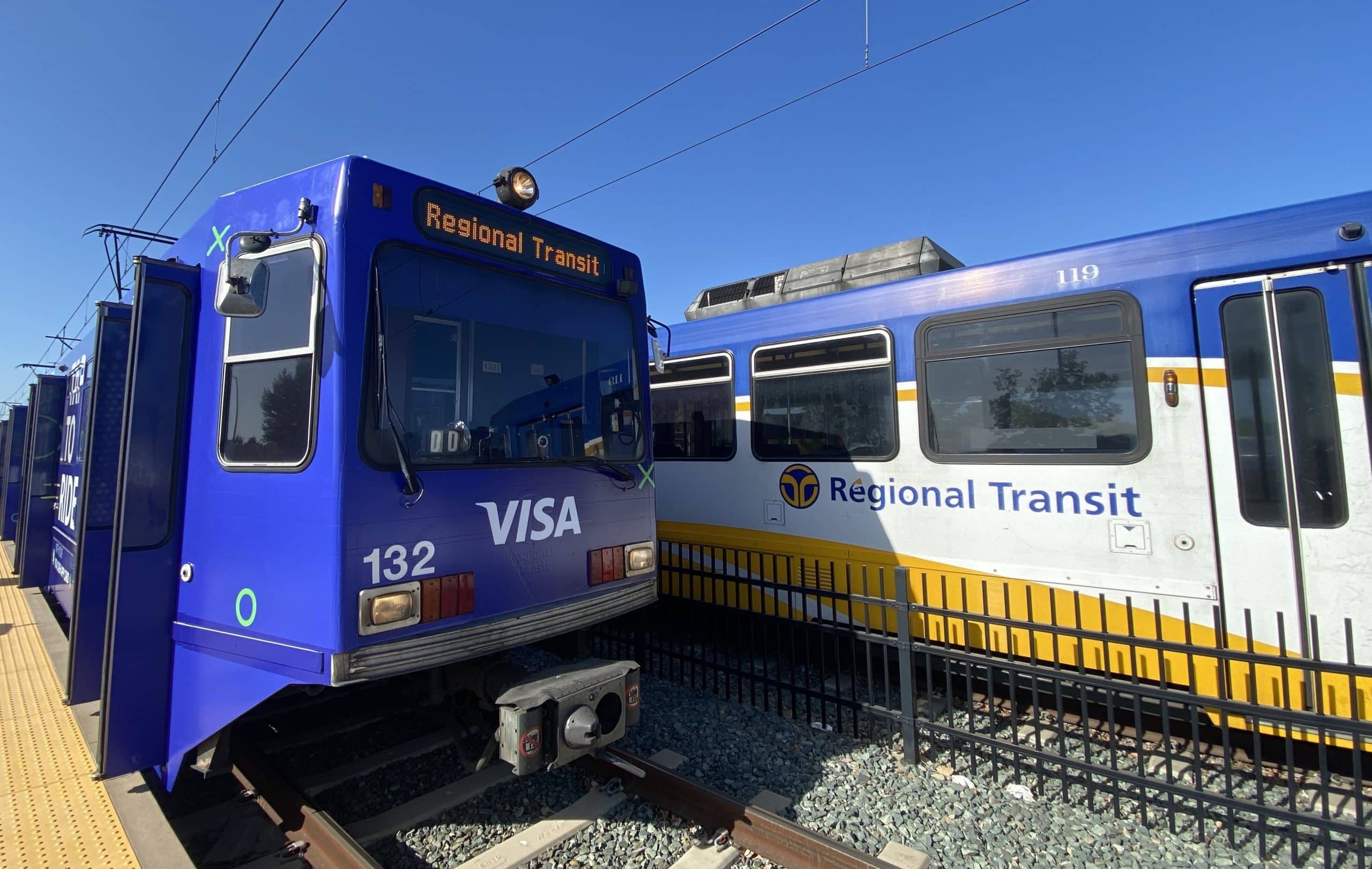
Article Highlights
A top revenue manager for Sacramento Regional Transit, the agency serving California’s capital city, said he believes there won’t be widespread rollouts of open-loop payments in California or throughout the U.S. until payments networks and banks reduce fees for agencies to accept debit and credit cards.
• Chart: SacRT-bank card fee percentages
• Table: Bank card fees for all Cal-ITP pilot agencies
• Chart: MST-open-loop revenue
A top revenue manager for Sacramento Regional Transit, the agency serving California’s capital city, said he believes there won’t be widespread rollouts of open-loop payments in California or throughout the U.S. until payments networks and banks reduce fees for agencies to accept debit and credit cards.


















